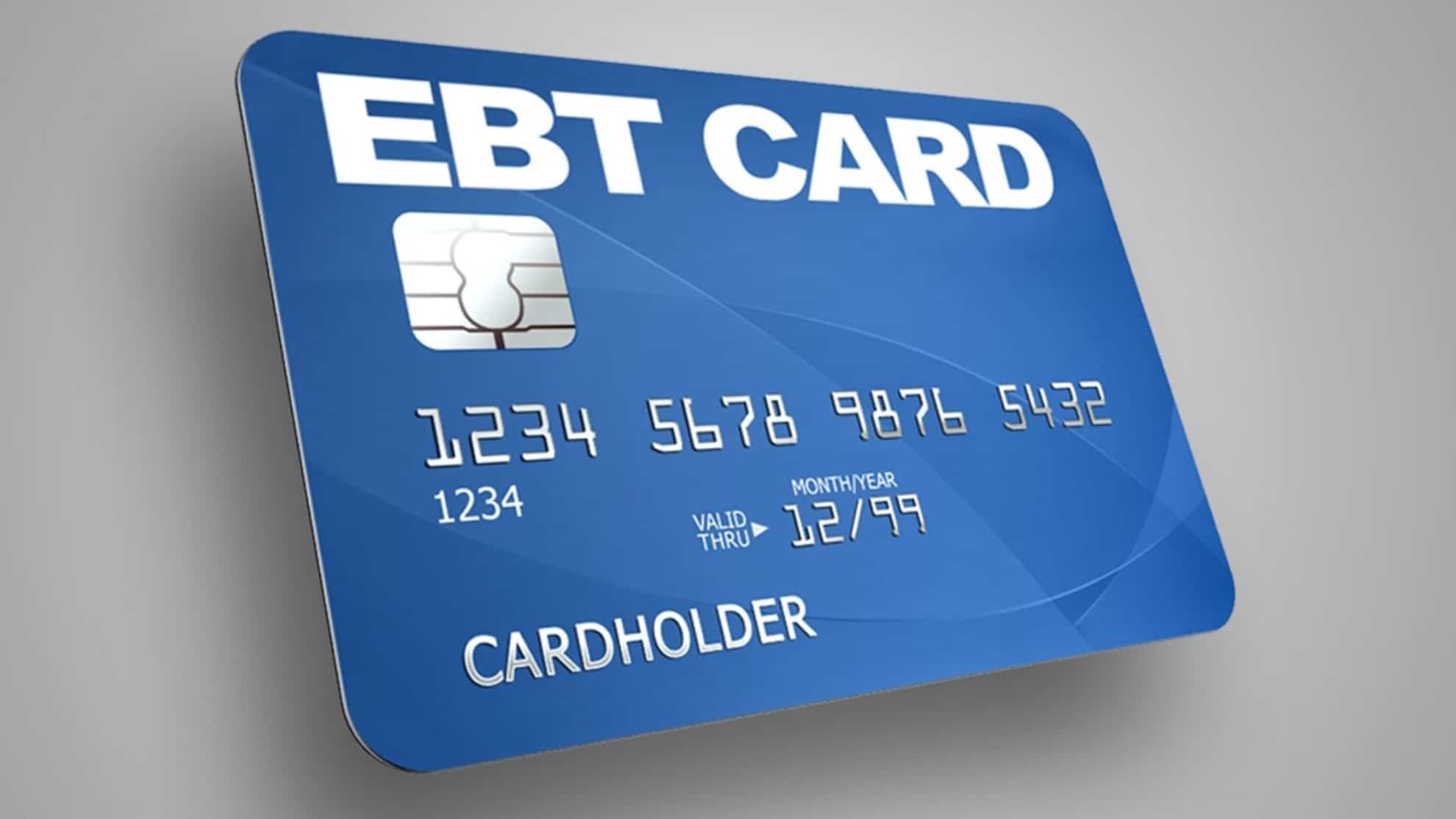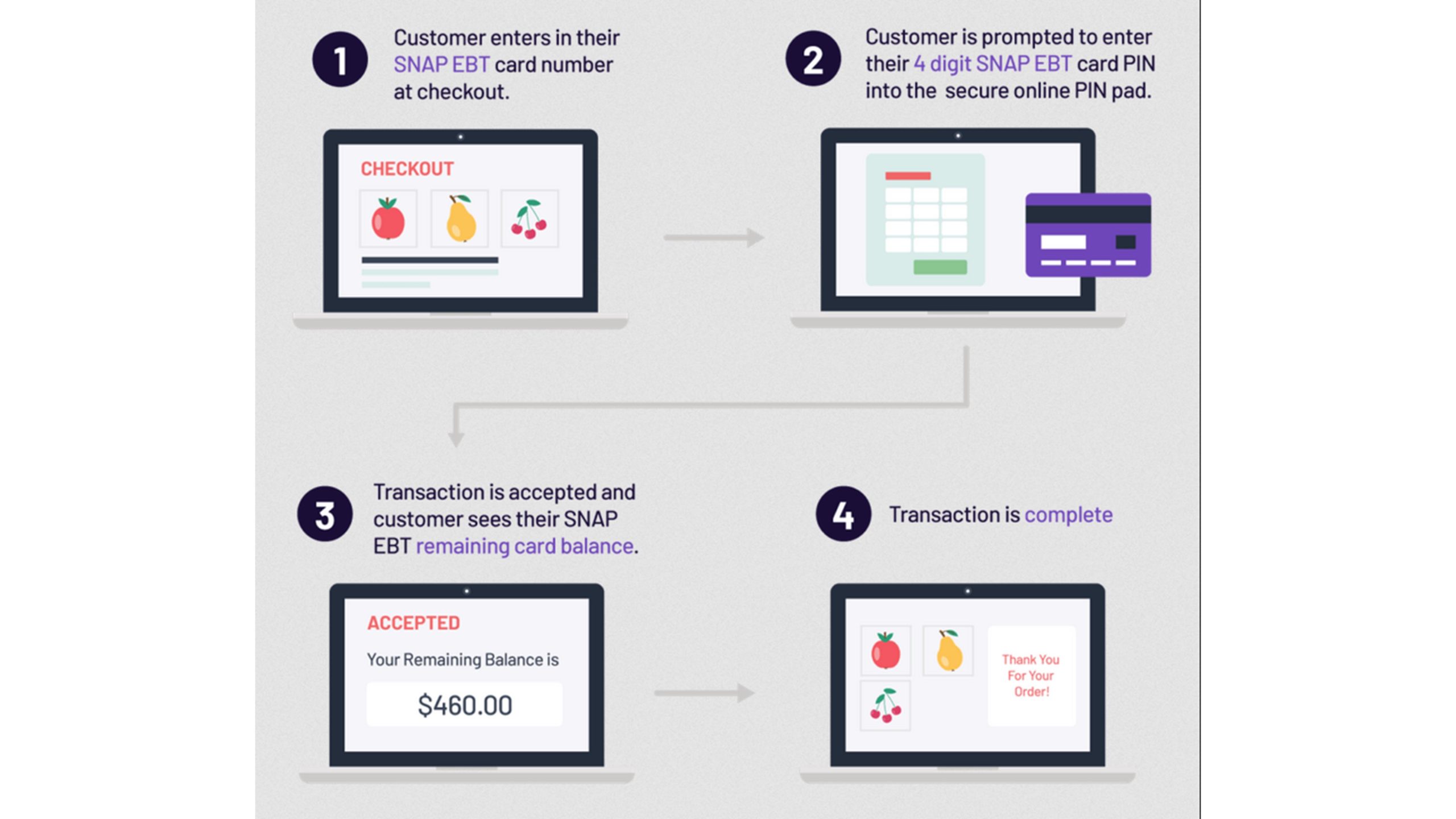The Supplemental Nutrition Assistance Program (SNAP) is one of the many federally funded programs that provide nutrition assistance to eligible, low-income individuals and families in the United States. The USDA administers this program through a network of state and local partners. Eligible households receive an Electronic Benefits Transfer (EBT) card, which can be used like a debit card at authorized retailers to purchase food items approved by SNAP. You can be surprised by what you can buy with an EBT card today.

When applying for SNAP benefits, it’s essential to understand the eligibility requirements. Generally speaking, you must meet specific income guidelines and other criteria such as having a valid Social Security Number, being a U.S. citizen or legal non-citizen, having limited resources in assets such as bank accounts or cash-on-hand, and residing within your state of the application. Those who are elderly or disabled may qualify with higher incomes or resources than other applicants.
Once you have been approved for SNAP benefits and received your EBT card, it is essential to understand how to use it correctly.
Your EBT card can be used only at authorized retailers that accept SNAP benefits—not all stores do so—and you will always need to show proper identification when purchasing food with your EBT card. You cannot use your EBT card to buy firearms, alcohol, tobacco products, or any nonfood item; however, some states allow you to purchase seeds with an EBT card if they are intended for replanting in gardens.

It’s also important to know that most states limit how much money you can spend on food each month with your EBT card; these limits are set by individual states and vary from place to place depending on household size and income level.
Many people turn to SNAP for nutritional assistance because of its many advantages over other food assistance programs. For instance, unlike traditional food banks or pantries where recipients usually receive pre-packaged boxes of non-perishable items that may not necessarily meet their specific needs or tastes, SNAP allows recipients the freedom to choose from a variety of foods available at retailers that accept the EBT cards—including fresh produce and meats!
In addition, while other forms of support like WIC generally provide specialized foods specifically designed for pregnant women or infants/children under five years old, SNAP allows anyone who meets the eligibility requirements access regardless of age or gender.
Furthermore, because SNAP funds are stored on an individual’s EBT card rather than handed out directly via vouchers or paper checks as in past programs, modern technology has greatly helped streamline the process of making purchases quickly and securely without the stigma associated with traditional methods which could potentially lead to embarrassment among participants.
Although numerous advantages are associated with using a program like SNAP versus more traditional forms of government assistance, there are still some drawbacks that should be noted when considering participation in this program, including potential issues involving fraud prevention due to the use of electronic funds transfer (EFT).
This includes monitoring suspicious activity on an individual’s account by state agencies in order ensure proper usage within the rules set forth under each state’s policy guidelines, along with good record-keeping practices required when filing taxes at year-end due to potential tax implications associated with receipt of public assistance funds (e.g., impact on income levels related qualifying deductions).
These considerations aside, there is no doubt that programs like SNAP offer much-needed financial assistance enabling millions of individuals and families to enjoy greater dietary diversity—as well as peace of mind thanks to modern safeguards built into the system to keep people safe from fraud abuse alike!
If you are waiting for your EBT card, please check how to track your EBT card in the mail.
What is Excessive Replacement EBT Card Tracking?
Excessive Replacement, EBT Card Tracking, is a new procedure designed by the Department of Health and Human Services to deter and prevent SNAP trafficking. Since 2012, the Department has been developing new methods to monitor the number of Electronic Benefit Transfer (EBT) cards Supplemental Nutrition Assistance Program (SNAP) recipients have requested.
The department’s rules state that those who request three or more cards in 12 months will be sent a notice informing them that their account is being monitored for potentially suspicious activity. If an additional card is requested after this warning, the department will withhold it until the recipient contacts them to explain why they need it.
This excessive replacement tracking system safeguards against fraudulent use of SNAP benefits, particularly when buying or selling these cards illegally on the black market. The process also helps reduce waste, as issuing too many replacement cards can cost taxpayers money and resources.
Based on my research, around 10 000 Excessive Replacement EBT Card notices are issued yearly.
The Department of Health and Human Services has taken several steps to ensure that this policy works efficiently and safely. In addition to withholding issuance of any additional cards following a warning, recipients may be required to provide proof of identity before receiving a new card.
This proof may include photographic identification or documents proving legal residence in the United States, such as social security card, driver’s license, etc. Additionally, if beneficiaries use multiple EBT accounts in different states, they may be reported to law enforcement agencies for an investigation into potential SNAP trafficking crimes.
Recipients of SNAP benefits need to be aware of this tracking system and their right to have their information safeguarded by the Department of Health and Human Services. For instance, under most circumstances, individuals cannot be denied access or receive reduced benefits due solely to account monitoring status alone; if contacted by an agency employee regarding excessive replacement card requests, beneficiaries still have all rights enshrined in confidentiality laws available for use at any time during the case review process.
In conclusion, although Excessive Replacement EBT Card Tracking may seem inconvenient for some individuals receiving SNAP assistance, it is ultimately essential for preventing fraud and ensuring that resources are used efficiently across all states where SNAP assistance is available.
By carefully monitoring the number of replacement cards requested by individual recipients and verifying identity before providing more cards where appropriate, government officials can help ensure that no one takes advantage of this public welfare program while also protecting taxpayers from unnecessary expenses caused by aberrant usage patterns.
